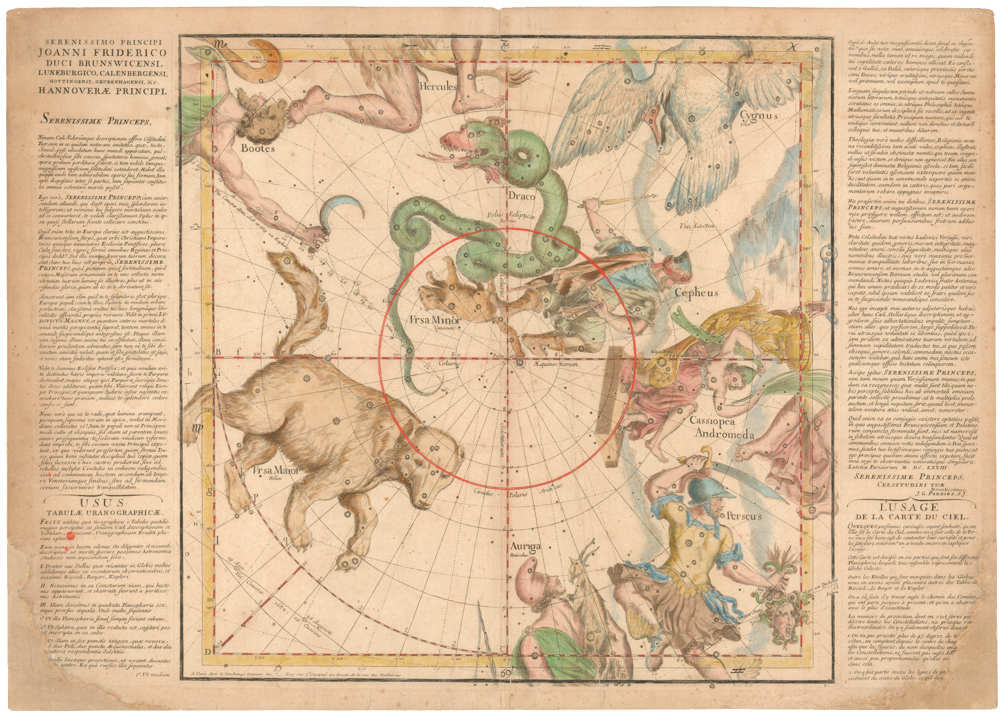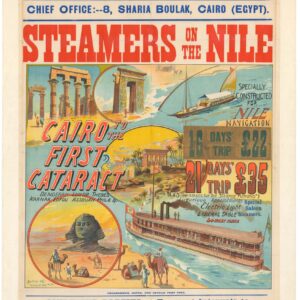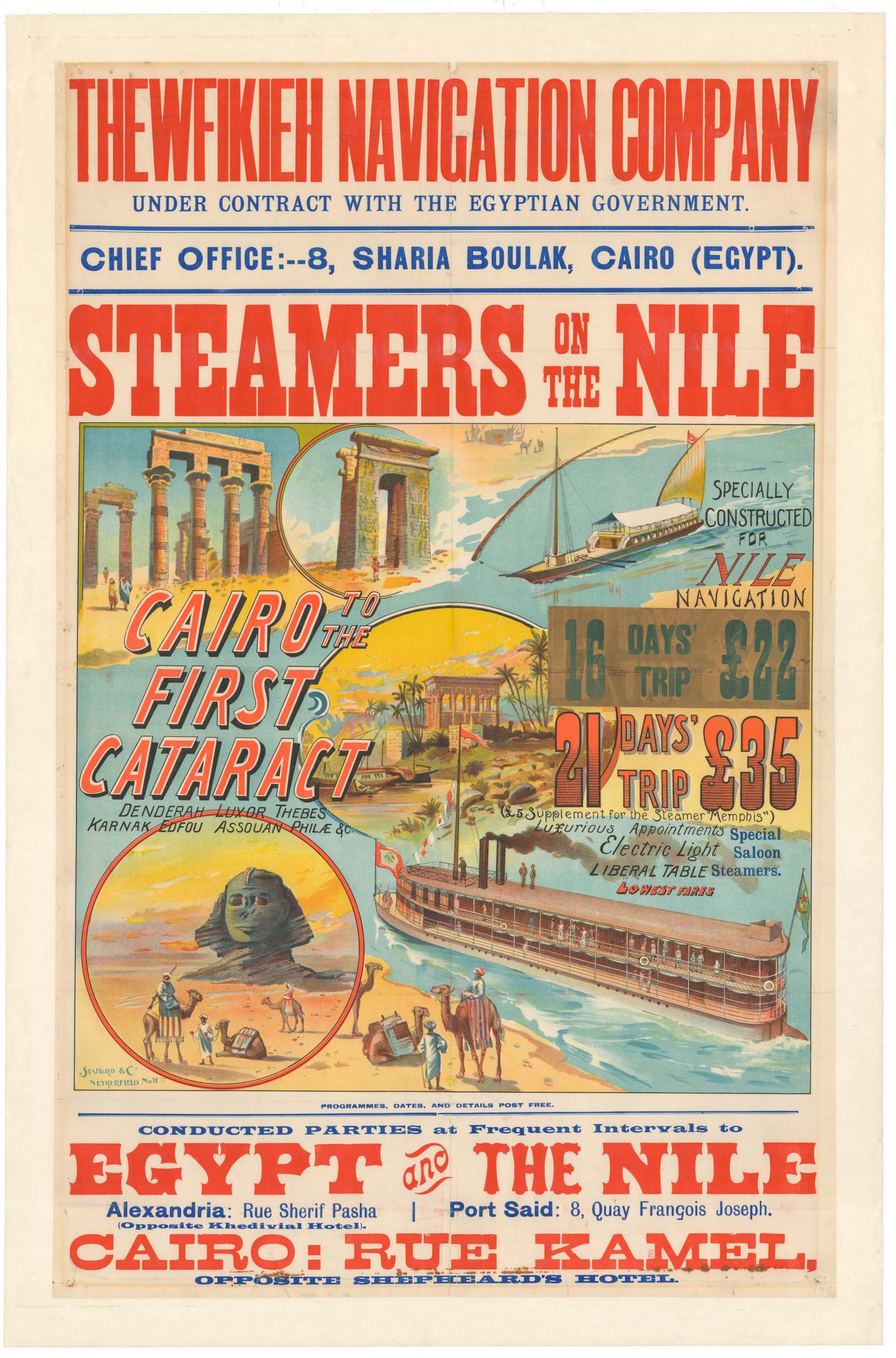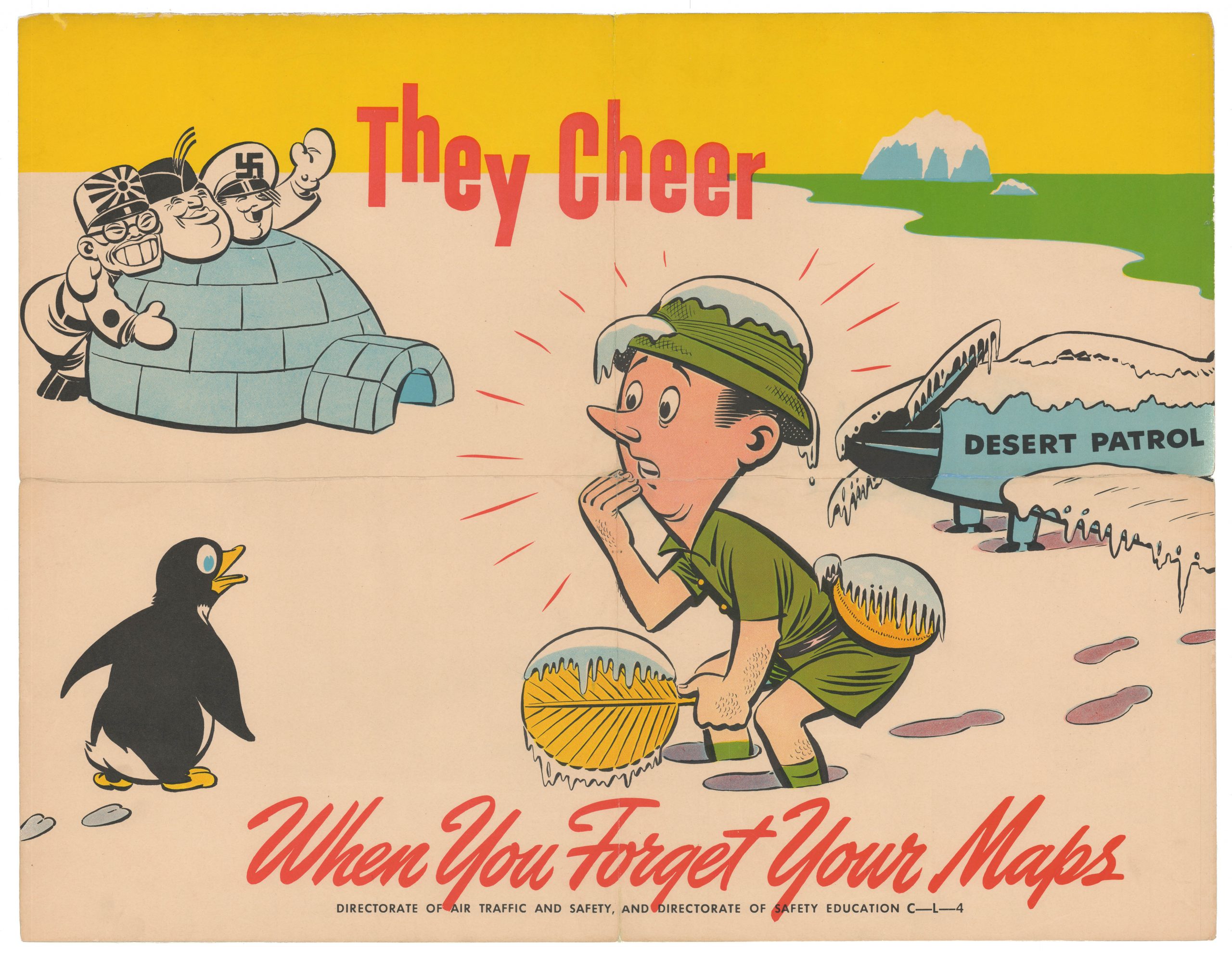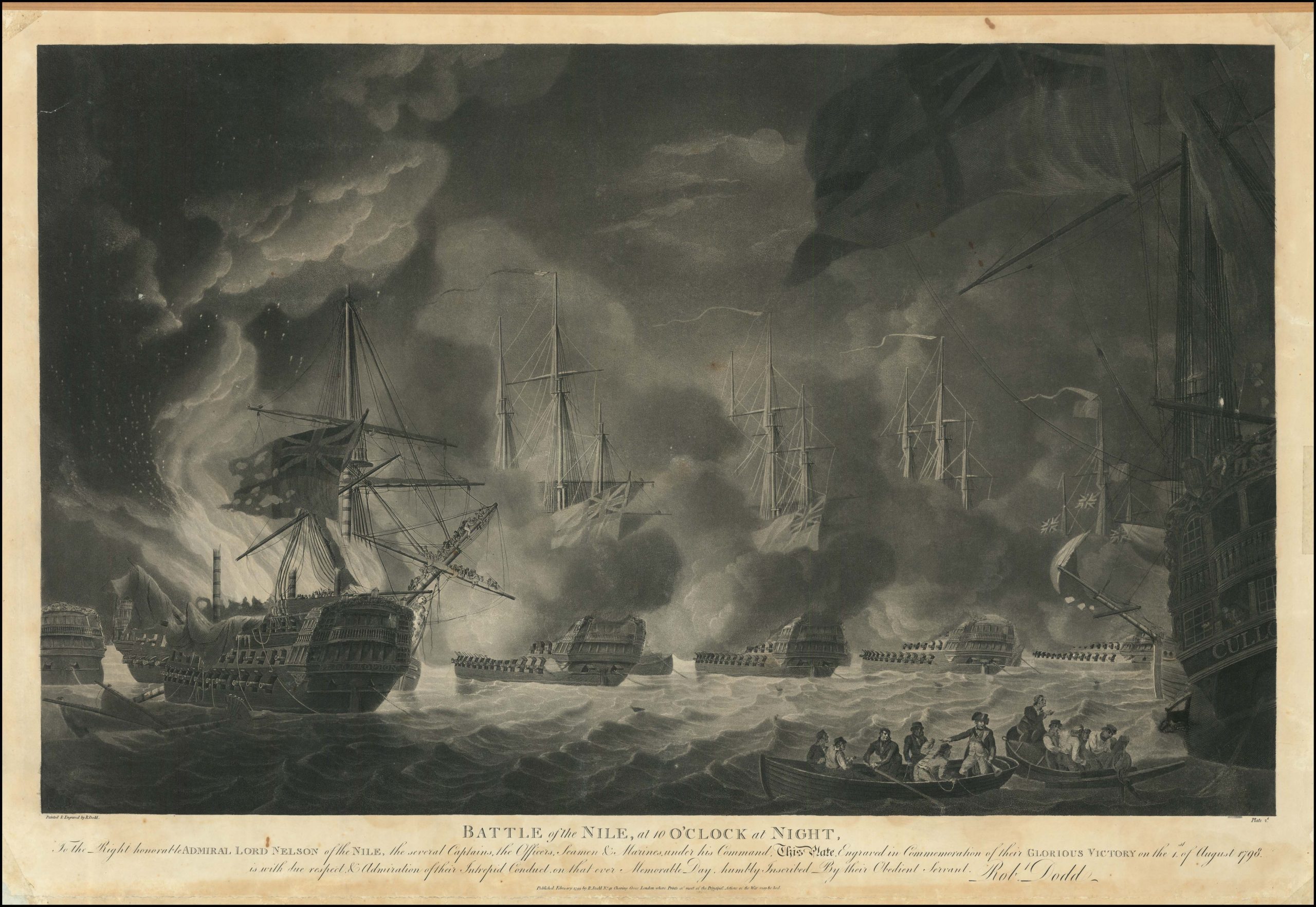A visually enticing 1930s graphical history of the global gold industry.
A Graphical History Of Gold
Out of stock
Description
Since time immemorial, gold has been the most consistent and perpetual instrument available for accumulating, distributing, moving, and displaying wealth. In this wonderfully detailed overview of the history of gold, we are provided with various charts, graphs, vignettes, and maps that document how gold extraction, use, and pricing developed over time.
Canadian firm Barrett McCullagh & Co. issued this chart in Toronto around 1935, not long after personal ownership of gold bullion was made illegal in the U.S.
The top central image is a world map showing significant contemporary sources of gold. Flanking either side of the main map, we find references to the extraction and accumulation of gold that go back to Ancient Egypt. On the left is a panel of hieroglyphs, including a figurative depiction of the Pharaoh holding a basin made of electrum (i.e. an alloy of gold and silver). On the right, we find a depiction of the so-called Turin Papyrus. The Turin Papyrus is the first known topographical map in history, constituting a chart of Egyptian gold mines discovered during Ramses IV’s quarrying expedition in the 12th century B.C.
Following these iconic ancient references to the extraction and use of gold, we find an array of more modern and pertinent information clusters that provide a more up-to-date view. Studying each segment, the viewer quickly achieves a solid base for understanding gold availability and pricing in 1935. Stylized scales show the production of gold in the U.S. between 1792 and 1935, as well as globally, whereas an hourglass-shaped text box on the left reveals the conjectured gold reserves of the world.
Further down, we find tables and diachronic overviews, providing more recent information. Among the things listed here are the annual extraction stats for gold in the U.S. and Canada, respectively (stretching back to 1838 for the U.S. and 1858 for Canada), as well as a chart revealing which specific mines yielded the most gold in 1935.
The map’s Canadian twist is palpable and seen, for example, in the presence of distinct charts and tables showing the annual production of gold from Canadian mines. Six such mines have been highlighted and included on the poster as small topographical plans. These were the richest mines in Canada at the time. With the headline: ‘Remarkable Yield in Dollar Value of Six Famous Canadian Gold Mines,’ viewers are provided with the concrete numbers for the Kirkland Lake and Porcupine Gold Areas.
In sum, this is the ultimate chart for anyone interested in the history of that precious yellow metal. The poster’s design, with its vibrant reds, yellows, and oranges on the deep black background, gives this poster a great visual impact. A thematic period piece, which only is going to get rarer moving forward.
Cartographer(s):
Barrett McCullagh & Co. was a Canadian firm specializing in oil, mining, and gold share sales. It was established in the late 1920s by George McCullagh and Richard Barrett, both interested in the financial aspects of oil and gold mining in Canada.
McCullagh also worked for the Toronto Stock Exchange and ended top as one of the wealthiest and most powerful media moguls in Canada, owning The Globe and Mail newspaper, and later the Toronto Telegram. He was also active in politics, co-founding the conservative Leadership League.
Condition Description
Very good. Some scuffing and light misfolds, mostly marginal.
References

